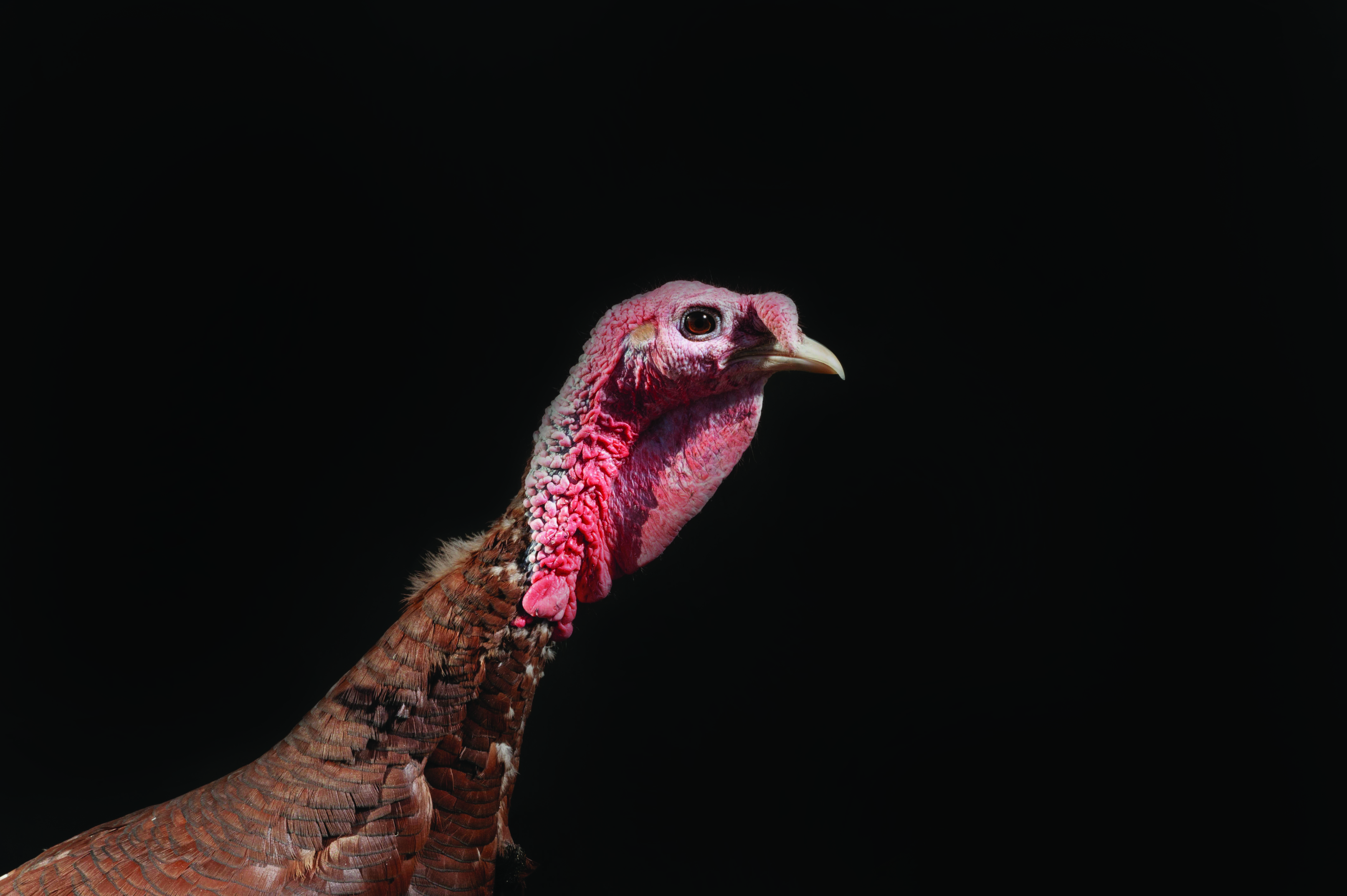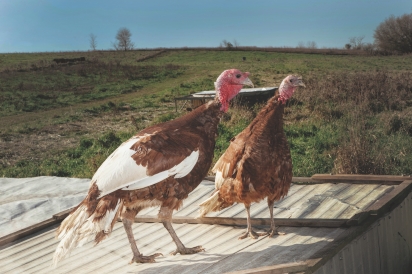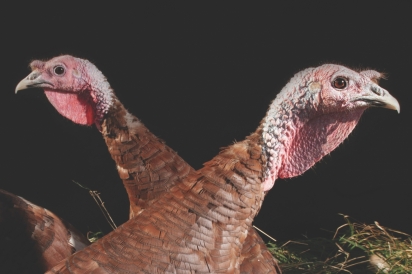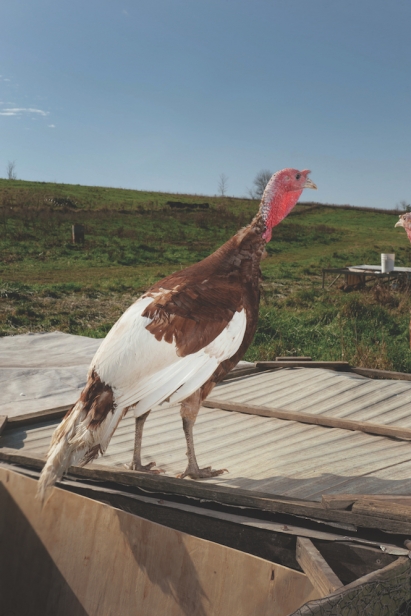How this Indian Chicken became the Thanksgiving Turkey
The American Thanksgiving turkey is the standard bearer of the holiday. Huge and perfectly browned, plattered and lovingly presented to a table of jovial faces — it’s the bird Norman Rockwell gave us in his iconic image of Thanksgiving 1943.
However, the roasted bird at the center of Rockwell’s image also may be the best example in history of a dish that is party to the longest-running game of culinary telephone.
Telephone, a game we often played around the Thanksgiving table at home growing up, was perfectly suited given the size of my family. We have a huge family — 11 brothers and sisters, plus parents. On Thanksgiving, we all sat at one table. No kids table for our family.
The game of telephone we played is simple. Whisper something in the ear of the person next to you and they in turn must pass on what they heard (no judgement or editing) to the next person. Each year, our Thanksgiving table was replete the the opportunity for “Marshmallows on sweet potatoes are best” to be misheard, cogitated and abridged into “Marigolds, give it a rest” or “fellows on heap request.”
Ringed by cranberry sauce, stuffing, pies and mashed potatoes, the American turkey — and the fact that it has ended up as the prized fowl and the fulcrum on which the rest of the Thanksgiving meal pivots — goes far beyond the celebration of Pilgrims coming to the Americas. A New World bird, the turkey — or Meleagris gallopavo silvestris — was not witnessed by Cristobal Colon (the name Columbus would have answered to) upon any of his initial four landings in the 1490s.
The Mesoamerican species of turkey, the ocellated turkey, would have to wait until later when gold-hungry conquistadors landed and made contact with the Mayans and Aztecs.
The smaller of the only two animals (the llama is the larger) domesticated by the Incas, Mayans and Aztecs, the turkey were crucial to their societies and ways of life. For the Aztecs and Mayans, the domesticated turkey was so fundamental to their survival and culture that their descendants still have two yearly festivals dedicated to the bird.
The Spanish, before returning to Spain, went on what could be called the first great shopping trip for food stuffs. Tomatoes, potatoes, cocoa, maize, tropical flowers and turkeys were brought back to the Spanish court. From there, the love of turkey spread across Europe.
Mislabeled from the get-go, the first examples of what we now call the turkey were branded “Indian chicken” as it was thought that Spain brought them back from the Indies.
Where a mass-production turkey is the product of artificial insemination and a 12-week growth cycle, a heritage breed chooses a mate in the spring and is afforded a 28-week-plus growth period.
Internal organs, skeletal structure, etc. all come into maturity to support more sanguine birds with — what many insist is — the higher fat content and a profoundly more flavorful and juicy bird.
Southeast Wisconsin has a cadre of farmers raising heritage turkey breeds, though each farm is unique in its feed and free-ranging methods. One farmer, Karen Carr of Sherwood Game Farm in Racine, has strong opinions about the flavor of heritage turkeys.
“If you eat one from the stock the Pilgrims did, it would be like chewing on a leather boot. Those (breeds) are called Sweet Grass. We put our Sweet Grass turkeys in the breeding pen with Bronze and White Midgets, also heritage breeds. They can mate with whoever they want, and it’s their offspring we offer to folks for Thanksgiving. They are delicious.”









